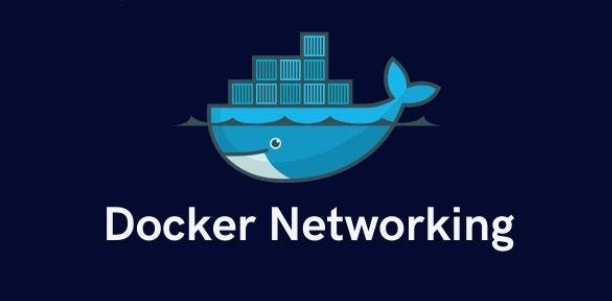Network in Docker - Explained
 Avinash Tietler
Avinash Tietler
In Docker, networking allows containers to communicate with each other, the Docker host, and external networks. Docker networking is crucial for containerized applications that need to exchange data or access other services.
Each network type provides flexibility and control depending on the specific needs of your applications, from simple local communication (bridge) to complex multi-host environments (overlay and macvlan).
Types of Network:
Bridge Network
Description: The default network type for standalone containers. A bridge network is a private, internal network that isolates containers from the host and other networks unless explicitly allowed.
Implementation: Containers on the same bridge network can communicate with each other using container names or IP addresses.
Use Case: Ideal for local development where containers need isolated environments but also inter-container communication.
Create a Bridge Network:
docker network create my-bridge-network
Run a container attached to the bridge network
docker run -d --name container1 --network my-bridge-network nginx
Host Network
Description: Containers on a host network share the host’s networking namespace, meaning they can use the host’s IP address and network stack directly.
Implementation: There’s no network isolation between the host and container, making it useful when you want to avoid NAT and overhead.
Use Case: Suitable for performance-sensitive applications where network latency is a concern.
Overlay Network
Description: Connects multiple Docker daemons and allows containers running on different hosts to communicate securely. It’s commonly used in Docker Swarm or Kubernetes.
Implementation: Overlay networks are implemented using VXLAN tunneling, providing a virtualized Layer 2 network over Layer 3 infrastructure.
Use Case: Perfect for multi-host networks or clustered environments.
Macvlan Network
Description: Assigns a unique MAC address to each container, making them appear as physical devices on the network. Containers can be directly connected to the host’s physical network.
Implementation: Requires defining subnets and using physical network interfaces for container connectivity.
Use Case: Useful when containers need their own IP addresses on the network or for legacy applications.
None Network
Description: Disables all networking for a container, isolating it completely.
Implementation: Useful for containers that don’t require network access, like certain testing or data-processing jobs.
Use Case: Secure, isolated environments where no networking is required.
Subscribe to my newsletter
Read articles from Avinash Tietler directly inside your inbox. Subscribe to the newsletter, and don't miss out.
Written by
